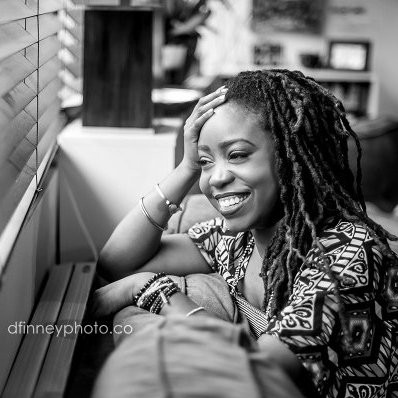
Nineteen emerging entrepreneurs from around the world came to Hamburg, Germany, with one common goal: to design an innovative packaging solution which would amplify H&M’s sustainability efforts. We came because H&M Germany gave us a challenge to develop a packaging solution that is economically, socially and environmentally sustainable.
The challenge
This project is the result of an ongoing partnership between H&M Germany and the DO School, an innovative educational program that empowers social entrepreneurs all over the world to turn their ideas into action. The one-year fellowship program kicks off with a 10-week incubation phase in which fellows work together to solve a real-world challenge. With the Packaging Challenge, we were given the task to create an innovative packaging solution for one of H&M Germany’s product lines. In this case, our product was shoes.
Our goal was to minimize waste, reduce energy, optimize the handling process and create maximum recycling opportunities along the way. By taking a complete look at the supply chain from shipping, to storage and finally reaching the consumer market, this challenge was an opportunity to develop a more efficient and environmentally-friendly process that can be scaled for significant environmental impact.
The challenger
H&M is at the forefront of the sustainable fast fashion movement. The company is one of the leading users of organic cotton, committed to using 100 percent renewable energy and the first fashion brand to offer a global garment collecting initiative. Customers can hand in their used clothing in selected H&M stores, and they are recycled into new clothes. Last year, over 7,600 tons of clothing was collected for recycling, as much fabric as in 38 million T-shirts.H&M is well on its way to becoming one of the leading water stewards in the fashion industry. The company recently entered a global partnership with WWF, the World Wildlife Fund. This partnership is the first of its kind and sets a new standard in the fashion industry. Through this partnership, H&M commits to the responsible use of water resources throughout the entire lifecycle of a garment, from how cotton farmers water their crops, to how customers wash their clothes.
H&M is on a mission to make sustainable fashion attractive, accessible and affordable. Its aim is to run the business in a way that is economically, socially and environmentally sustainable for both present and future generations, the company said. “As a responsible company we want to make people in H&M stores more aware of sustainability. We want to help create a more conscious group of consumers worldwide and boost the innovation of a multi-national company,” said Angela Gallenz, human resource manger for H&M Germany. “We are excited to work with the 19 DO School Fellows to contribute to a more sustainable world.”
The solution
We each brought our unique talents, experience and expertise to the challenge and, over the course of 10 weeks, worked together to find an innovative solution that H&M could implement in the years to come.
ECOLOGI is a globally responsible, innovative and sustainable shoe packaging solution. It offers an eco-friendly approach to H&M’s packaging logistics. ECOLOGI reflects the vision and core values of H&M, translating these values into three key points: planet, people and price. Our packaging solution is eco-conscious, human-centered and cost-conscious. It offers one complete solution for maximum social impact.
We looked at two things. We wanted to have a clear understanding of how H&M’s packaging system works and what exactly happens along the supply chain. We spent time at the H&M store and distribution center. We learned everything we could ever want to know about H&M’s shoe packaging. We spoke to people in production, a variety of experts and store employees. We identified the pain points and the places we wanted to intervene.
With the support of the H&M staff, we developed four distinct prototypes. Each concept addresses a specific type of product and a specific area of the supply chain. Using the DO School Method -- Dream, Focus, Plan and Do -- we brought our ideas to life. Our four solutions reduce waste, optimize the handling process and make use of the most sustainable materials. From a triangular-shaped shoebox that can pack twice as many shoes, to a sustainable hanger that stays in the store, our solutions are creative, innovative and forward-thinking.
We presented our ideas at an event held at the H&M Germany showroom in Hamburg. We transformed the showroom into an interactive exhibition space. The event was well attended by both H&M and DO School personnel. We look forward to seeing how our ideas will be implemented by H&M in the years to come.
Graphic design by Tosh Juma + Arlyn Hernandez

Joi M. Sears is the Founder and Creative Director of Free People International, a social enterprise which specializes in offering creative solutions to the world's biggest social, environmental and economic challenges through the arts, design thinking and social innovation.














